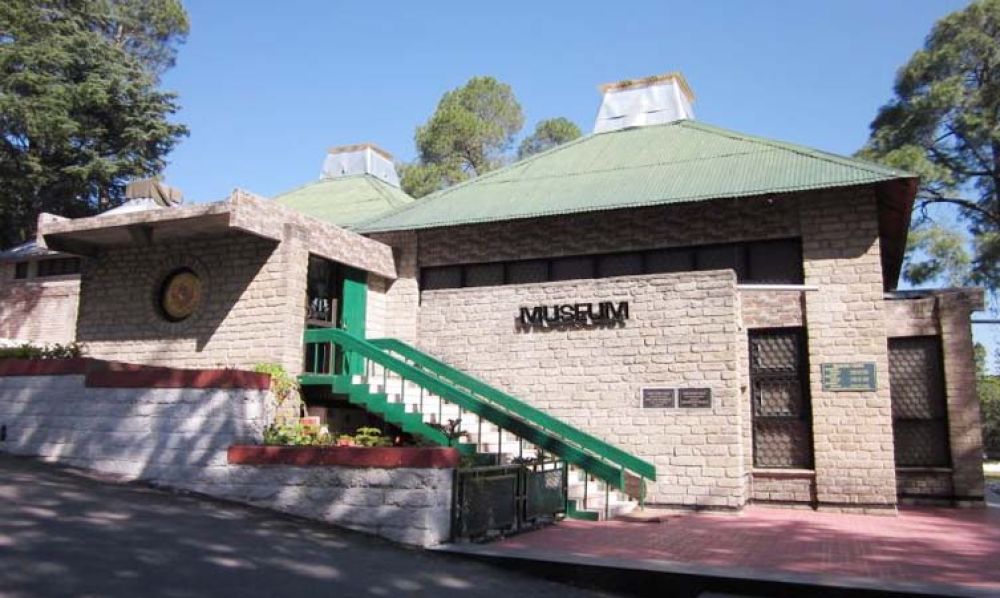

The Kumaon Regimental Centre (KRC) Museum in Ranikhet, Uttarakhand, India is a testament to the valor of the Indian Army's Kumaon and Naga Regiments. Situated amidst the tranquil and picturesque hills of Ranikhet, the museum preserves and showcases the military history associated with these regiments.
The inception of the museum dates back to the late 20th century, aimed at preserving the glorious history of the Kumaon and Naga regiments. Over the years, the KRC Museum has become an integral part of Ranikhet's touristic landscape, attracting visitors who are keen on exploring India's military legacy and enjoying the natural beauty of the region.
Initially, the museum mainly attracted history enthusiasts and the relatives of army personnel, but it has evolved to become a significant tourist destination for all kinds of travelers.
The KRC Museum hosts a variety of exhibits that provide insight into the heroic actions and traditions of the Indian Army. The displays include wartime memorabilia, weapons, flags, uniforms, and personal belongings of esteemed army officials. Additionally, the museum showcases information about the recipients of gallantry awards such as the Param Vir Chakra and the Maha Vir Chakra.
One of the most compelling exhibits at the museum is the section that honors the brave soldiers who sacrificed their lives for the nation. The Amar Jawan Jyoti, or the Flame of the Immortal Soldier, is a constant reminder of their supreme sacrifice.
As travel preferences evolve, so does the tourism scenario of destinations like the KRC Museum. In recent years, there has been a growing interest in experiential and educational tourism. Visitors are increasingly seeking destinations that not only offer scenic beauty but also provide an immersive learning experience.
Eco-tourism is another trend catching up in Ranikhet, where travelers want to explore nature without causing harm to the environment. The KRC Museum complements this by being a part of Ranikhet's green landscape, encouraging sustainable tourism practices.
If you're considering a trip to the KRC Museum, it's essential to plan ahead. The best time to visit is between March to October, when the weather is most pleasant. Keep in mind that photography inside the museum may be restricted, so it's advisable to check the latest guidelines before your visit.
Ultimately, the KRC Museum is more than just a collection of artifacts; it's a sanctuary of remembrance and a beacon of inspiration, offering a deep and solemn tribute to the indomitable spirit of the Indian Army while beautifully stitching it into the fabric of tourism in Uttarakhand.